If we define image and symbol as signifiers or vehicles of meanings integrated in cultural contexts, we can interpret them using many different kinds of materials. From their form, size, material type, color, production techniques, and stylistic attributes, we can observe the developing human capacity to conceive the world and to interact with the surrounding environment. In fact, searching for the origins of meaning is one of the fundamental inquiries of world archaeology. It is directly related to defining the moment or process through which we became human. Questions of defining meaning can also be discussed in terms of the origins of cognition, consciousness, intelligence, perception, and language. Research by primatologists indicates that nonhuman primates demonstrate a variety of cognitive capabilities to certain degrees; however, their systems of perceived meanings and symbolic manifestations are apparently quite different from ours. Early examples of image and symbol can provide key information regarding how our ancestors began to construct and share meanings, although the data are scanty and often useful only as indirect references (see Cognitive Archaeology).
A large amount of pictorial information is available from later developed societies around the world. Different kinds of materials and forms used to create images and symbols are listed below, with a brief discussion of certain instances. These examples are not exhaustive, and do not include functional objects such as tools or weapons that also had particular functions as image or symbol. The purpose is to highlight various perspectives on what we customarily call image and symbol in the archaeological record.
Sacred Geography and Site Formation
Images and symbols are not found only with ancient buildings or the objects discussed below; rather, some features of the natural environment may have also served as integral elements to forms, concepts, or visions symbolized in certain other materials. A particular mountain, cave, rock, river, lake, celestial object, or other natural feature would have been interpreted meaningfully by ancient peoples - for example, as a place of origin, a sacred spot connecting people to the upper - or under-world, a source of divine power, etc. The symbolism involved in features of the landscape can be archaeologically suggested by constructions or objects dedicated to them, and their spatial arrangement with artificial features like monuments, ritual spaces, petroglyphs, or dedicatory burials. Intended associations can be archaeologically illustrated in maps or through Global Positioning System (GPS) coordinates in which specific alignments or significant distances may be recorded.
Certain celestial phenomena seem to have been observed with special attention by many ancient societies. In Mesoamerica, the cycles and directions of the Sun, Moon, Venus, Pleiades, and solar/lunar eclipses were particularly integrated in monumental construction plans, the contents of rituals or mortuary practices, and in hieroglyphic writing. Ancient Mesoamerican understandings of such phenomena were not the same as those we conceive of today, based on Western astronomy. They often comprised central elements of Mesoamerican cosmology or cosmogony that were believed to have structured time and space of the present world, and the rising or setting spot of celestial objects on the horizon often coincided with the direction of particular constructions on special days. Archaeoastronomy has revealed that many other ancient societies also recorded the rising and/or setting of certain celestial objects, particularly during the equinoxes or solstices, the days in which the Sun passes the zenith, and the days of solar/lunar eclipses. The materialization of ancient
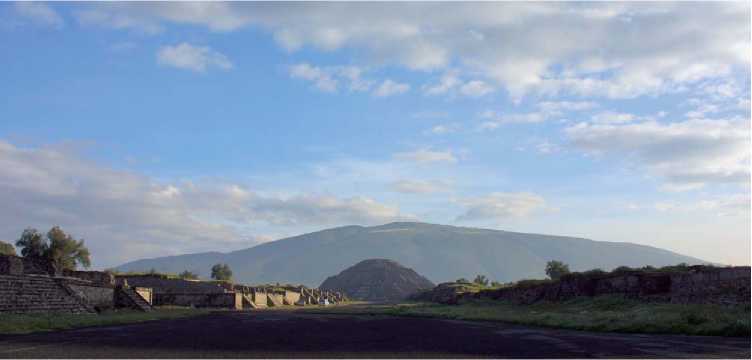
Figure 4 Central N-S axis of Teotihuacan, Mexico.
Worldviews, combined with features of the landscape and celestial phenomena, were integrated in the material culture and the spatial layouts of Egyptian monuments, Chinese cities, European megaliths, and Andean sacred centers as well.
The central N-S axis of the highly planned city of Teotihuacan (Figure 4) was exactly aligned with its main street, the Avenue of the Dead, the central axis of the Moon Pyramid, and the summit of the sacred mountain located behind it. The huge ceremonial center was evidently designed for pilgrims to conceive the Avenue as an axis mundi, or the most sacred earthly passage from the center of the heavens to the underworld, through the sacred mountain, the pyramid, and the central avenue connecting to the lowest part of the valley, where the Citadel complex was constructed apparently to represent the entrance to the watery underworld. In contrast, the E-W axis of the city was clearly related directly with celestial movements or calendrical cycles. The main E-W axis was oriented exactly to the setting position of the Pleiades on the western horizon on the day when the Sun passed the zenith. The whole city harmoniously integrated its natural surroundings and celestial phenomena, and was a highly symbolic expression of a specific cosmology and conception of time and space. Abundant images and symbols in the pyramids, monumental sculptures, murals, ceremonial objects, as well as symbolic actions like human sacrificial rituals, complemented this worldview at Teotihuacan by giving it a material form, beginning with the foundation of the city.
Monuments, Public Space, and Other Constructive Markers
Ancient monumental constructions around the world expressed specific symbolic meanings; particularly, pyramids, ceremonial architecture, plazas, colossal
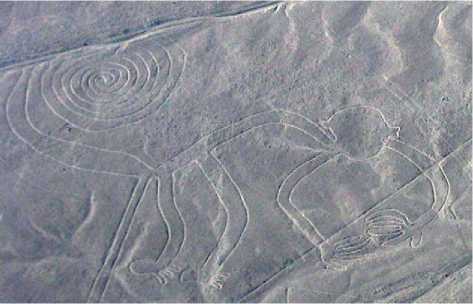
Figure 5 Image from the Nasca lines.
Sculptures, and other public buildings seem to have represented ideological dimensions often with sociopolitical implications, particularly in the cases of pre-industrial urban centers. The location, form, size, orientation, architectural style, and ornamentation of a public building may contain particular symbolic meanings defined by local tradition and/or references to historical events entailing political messages. Some of the architectural features in ceremonial centers, or stone alignments such as the Nazca Lines (Figure 5), have been interpreted as religious, cosmological, or astronomical/calendrical symbols. It has been proposed that they were constructed to proclaim the sacred political power of rulership to their community members and beyond.
Recent studies indicate that the fac:ades of the Feathered Serpent Pyramid at Teotihuacan commemorated in sculpture a mythical cosmological event (Figure 6): the initiation of time and space set in motion by this serpent-like divine creature. Another sculptural representation, in the form of a headdress, symbolized the maximum authority of a time bearer.
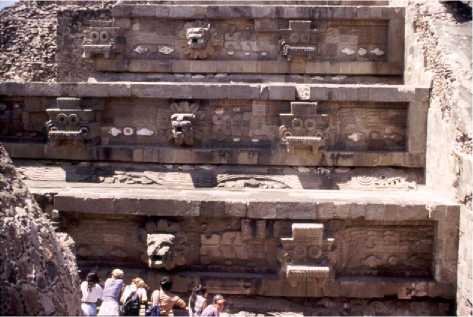
Figure 6 Feathered serpent pyramid, Theotihuacan, Mexico.
In its broader sociopolitical context the monument proclaimed the idea of divine rulership, reinforced by recently discovered mass-sacrificial burials and symbolic offerings associated with the militarism. A Teotihuacan ruler, who administered the present world on behalf of the gods, could well have sponsored the erection of the monument, with the facade’s pictographic presentation on such a large scale, in order to convince the public of the divinity of political power as well as the significance of warfare for the continued prosperity of the city.
Petroglyphs, Sculpture, Mural Art, Codices, and Portable Art
Most of the images and symbols depicted in the archaeological record belong to these highly variable categories of materials. They include rock art, sculptures, murals (Figure 3), engravings on constructions, drawings on ceramics, lithics, bones, woods, textiles, codices (Figure 7), etc. The great abundance of objects carrying images or symbols exhibit a wide variety of material forms, styles, sizes, techniques, colors, and so on. There exists substantial flexibility in expressing people, objects, phenomena, and complicated ideas. Certain features are discussed in the following section dealing with Ancient Art Styles (see Rock Art).
Ritual Objects and Mortuary Remains
Rituals are central social institutions that structure the actions of practitioners. Symbolic objects used for ritual performance can be considered as vehicles of religious meanings that a society arbitrarily and conventionally produced to unify the members of their community. For example, during the early Bronze age in China, particularly the Shang and Zhou dynasties, the order of the heavens was believed to have been transmitted to ruling groups through ceremonies that the state governments orchestrated. The bronze vessels used for the ceremonies symbolized heavenly order and
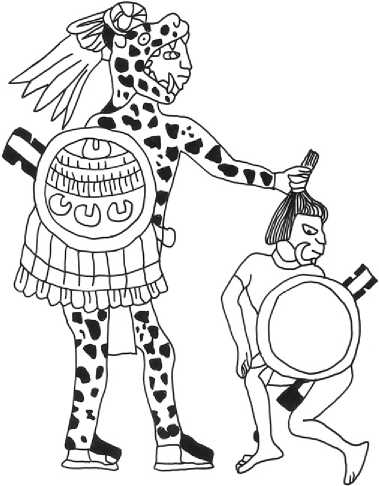
Figure 7 Example of Codex drawing.
Public morality that defined the quality of governance. The varied images and symbols covering the surfaces of these vessels included ancestral deities, regionally specific creatures and animals, ritual meanings, and the daily life of diverse members of society; they were symbols that proclaimed divine rulership, and territorial dominance over a subjugated public.
Among ritual objects, mortuary items are overwhelmingly symbolic, and reflect the society’s belief system concerning life after death. These symbolic actions may have been communicated more esoteri-cally than was the case in public ritual, among limited community members who shared more restricted understandings of the associated symbolism. In the case of dedication or sacrificial burial, the relation between the dead and the offerings found in association with them may not have been direct. Living community members who were responsible for the preparation of the grave would have expressed their religious ideology with political proclamations made through its symbolic offerings. (Figure 8) At the Moon Pyramid in Teotihuacan, nine obsidian figurines in the form of the Feathered Serpent, the symbol of maximum political authority, were buried in an important dedication burial of the pyramid, to proclaim the institution of divine rulership. This creature was the sacred symbol of governance most frequently associated with monumental constructions in Teotihuacan. The unique form of the deity was consistently identifiable among the pictorial records in murals, ceramics, sculptures, and other media. The uniqueness was also recognizable by unusually high
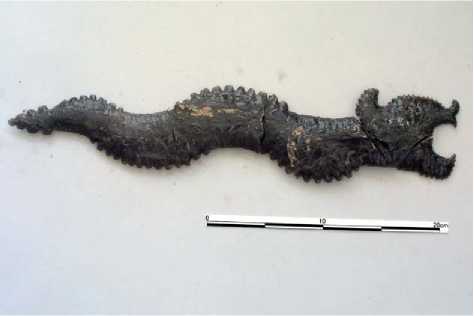
Figure 8 Feathered serpent obsidian figurine, Teotihuacan, Mexico.
Quality of these masterpieces of chipped stone, as well as by the special location of the deposit, which only ruling groups could have controlled.
Language may well have been fully developed by the beginning of the Upper Paleolithic period. Without a doubt, it is the most powerful system of communication, and the most flexible symbolic complex ever created by humans. However, the creation and initial formation processes cannot be reconstructed directly since no material remains referring to the earliest usages of language can be recovered in archaeological contexts.
Another breakthrough for the wider dissemination of linguistic systems took place when writing systems were invented in association with particular languages. The earliest, or ‘pristine’, writing systems developed in Mesopotamia-Egypt, China (Figure 9), and Mesoamerica (Figure 10), independently from one another. They were later introduced and developed in other cultural/linguistic environments, transforming letter form, sentence structure, pronunciation, and meanings. The complicated messages encoded with a vocabulary and grammatical system were printed in diverse materials, like stone, wood, or paper, for contemporaneous and future readers beyond the societal boundaries, as written materials were often carried far from their places of origin. It is noteworthy that early writing systems were apparently created and developed along with the emergence of complex society, and that their practices were evidently controlled by ruling entities in those societies. In other societies, certain kinds of information were recorded systematically in other materials like the kipu system used by the Inca Empire of the prehispanic Andes (Figure 11). Apparently, the Andean kipu did not develop to represent language; however, as was the case with writing systems in other ancient societies, the kipu were also used


Figure 10 Maya glyph.
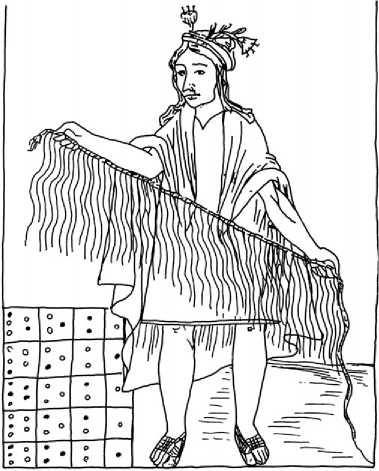
Figure 11 Andean kipu, a knotted record-keeping device.
By ruling entities to convey ideological and political legitimatization, and to control people and tribute.




 World History
World History









